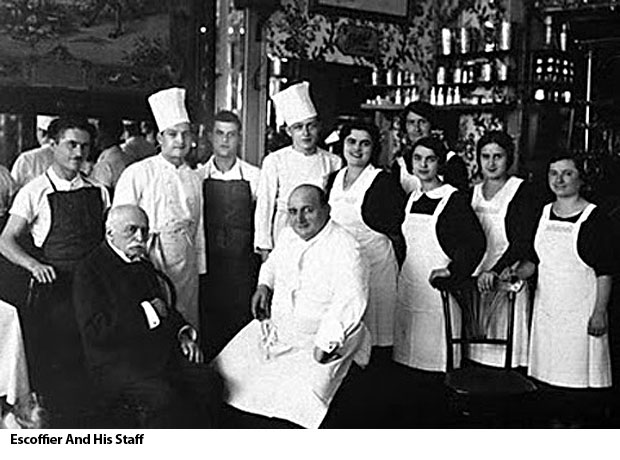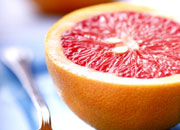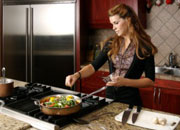
Believe it or not, restaurants did not always exist. It seems chefs and food services have been around since the beginning of time, but the concept of a restaurant — where any paying customer could order from a menu — did not come into existence until the 1700s.
Before that time, chefs worked for the nobility or were part of a guild where there were set practices and very traditional menus — no such things as “fusion food” in those days.
The time of the French Revolution was a significant time in restaurant history as well. Chefs began to branch out on their own and create their own establishments with their own menus.
It was when French cuisine became the new standard and under Marie-Antoine Careme, who started his career as a kitchen boy after his parents abandoned him at a young age. the was born.
Careme was at the helm of French cookery at the time, when the term grande cuisine was born, and he is considered to be the first celebrity chef. He was the first chef to categorize and organize techniques and recipes and to document the history of food and cooking in several books, including the encyclopedic L’Art de la Cuisine Française.
Grande cuisine ruled for nearly a decade, until the great Georges Auguste Escoffier — replacing the grande cuisine with what we are more familiar with today, also called cuisine classique, in the late 1800’s.
Friends to the stars, the likes of Sarah Bernhardt the Angela Jolie of their time, he was able to raise the status of “chef” to new heights.
Escoffier published Le Guide Culinaire, both a cookbook and textbook still used today.
But more importantly than his guidebook was his creation of a more structured and streamlined approach to the restaurant kitchen: the brigade system.
The brigade system is still used by restaurant kitchens today. The purpose of the brigade system is to ensure that talent and workspace is optimized. Therefore, each position within the kitchen has a specific station and responsibilities. Depending on the size of the operation, the number of positions and their responsibilities vary.
For example, there is everything from an executive chef, who is in charge of everything — all kitchen operations — down to a fish chef in charge of cooking the fish or the garde-manger chef in charge of all cold foods (such as salads) and everything in between.
Things have certainly evolved over the years as the restaurant world has changed and Escoffier’s system has been modified to accommodate the changes, but it is still the backbone of the modern restaurant kitchen. The number of positions can be staggering in a large restaurant, such as a hotel restaurant or there can be a tiny restaurant with 3 people in the kitchen, each with multiple titles.
Related Posts
- Interested in history? Check out my blog posts on vanilla and salt for some interesting tidbits.
- One of the most fascinating books out there about food is On Food and Cooking by Harold McGee. If you are a foodie or are just curious by food and how certain things work, then definitely chef out this wonderful read.


 Are you ready to look better, feel more energized, and get back that youthful feeling you remember having as a kid? I can help you on a journey that will change the way you eat — for good. My
Are you ready to look better, feel more energized, and get back that youthful feeling you remember having as a kid? I can help you on a journey that will change the way you eat — for good. My 














 As a healthy cooking expert, health coach and TV host,
As a healthy cooking expert, health coach and TV host, 



Speak Your Mind